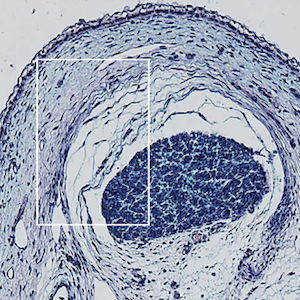Case Reports
24 September 2024
Vol. 76 No. 4 (2024)
Visceral muscle dysmotility syndrome in systemic lupus erythematosus: which is the role of 18 fluorodeoxyglucose-positron emission tomography-computed tomography? A clinical case and literature review
Publisher's note
All claims expressed in this article are solely those of the authors and do not necessarily represent those of their affiliated organizations, or those of the publisher, the editors and the reviewers. Any product that may be evaluated in this article or claim that may be made by its manufacturer is not guaranteed or endorsed by the publisher.
All claims expressed in this article are solely those of the authors and do not necessarily represent those of their affiliated organizations, or those of the publisher, the editors and the reviewers. Any product that may be evaluated in this article or claim that may be made by its manufacturer is not guaranteed or endorsed by the publisher.
854
Views
268
Downloads











